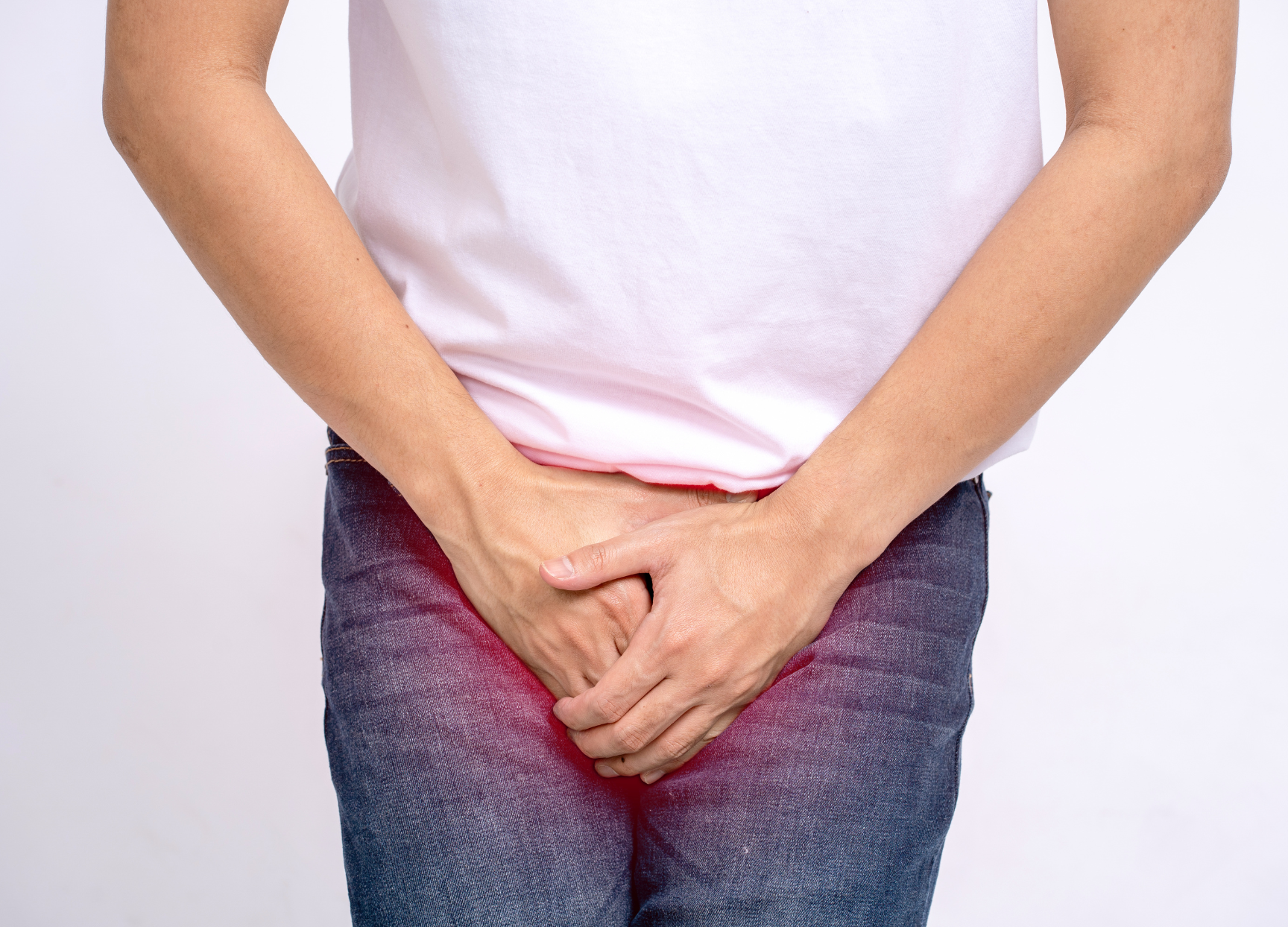Mr Vimoshan Arumuham
Consultant Urological Surgeon
Specialist expertise: Men's Health, Urology, Kidney Stones, Urinary Tract Infection, Endourology, Benign Prostate Disorders.
Bladder instillation is a very effective modality to manage multiple benign and malignant conditions involving the bladder

Bladder instillation is a very effective modality to manage multiple benign and malignant conditions involving the bladder. It typically involves catheterisation with a self lubricated catheter and an installation of a drug to the bladder.
In Bladder cancer, chemotherapy or immunotherapy can be installed to the bladder to treat patients with intermediate and high risk non muscle invasive bladder cancer. These sessions are usually repeated weekly till the course of treatment is finished.
For benign conditions, such as interstitial cystitis, recurrent urinary tract infections, bladder pain syndrome and chemical or radiation cystitis. Multiple preparations are used to alleviate symptoms, typically these medications contain Hyaluronic acid, chondroitin sulphate and calcium chloride. Few examples of these treatments are iAluril or cystostat and are used in 6 weekly courses.
Most of these treatments will require maintenance doses once the initial induction course is finished and that can be determined once response to the initial treatment is assessed.
Upon arrival at the appointment, patients will be given the option to change into a hospital gown. The procedure will then be explained by the clinician and a verbal consent will be obtained prior to start of treatment. Patient will then be asked to lie down on the examination couch, a small self lubricated catheter. After emptying the bladder, a 40-50 ml solution is installed into the bladder. It is advised that patients refrain from consuming any fluid especially caffeinated drinks few hours prior to their appointment as patients will be asked to hold the medication in the bladder for 1-2 hours.
It is better to start drinking fluid such as water or flavoured mild juices 30 minutes prior to emptying the bladder to generate enough volume upon voiding.
Specific leaflets for after care will be given to patients after the appointment and contact numbers in case any help is required.
Bladder instillation treatments rarely are associated with any side effects. However, depending on the type of treatment some patients might notice a degree of bladder irritation especially in bladder cancer treatment therapies. Small risk of infection and bleeding is associated with catheterisation and typically a short course of antibiotics will be needed for treatment.
Currently selected day
Available consultations
Introduction
Treatment
Typically takes between 10-15 minutes
Preparation
Empty bladder before the instillation
Risks
N/A
Aftercare
N/A
The specialists at OneWelbeck Men's Health use the latest innovations in healthcare to accurately diagnose and treat a wide range of urological conditions.